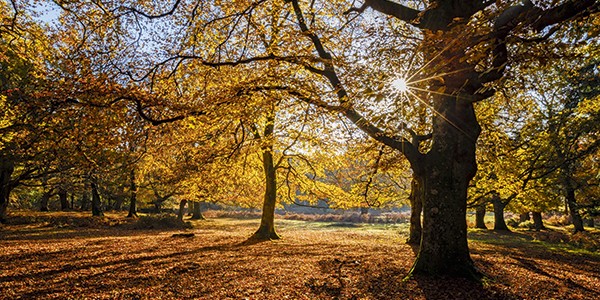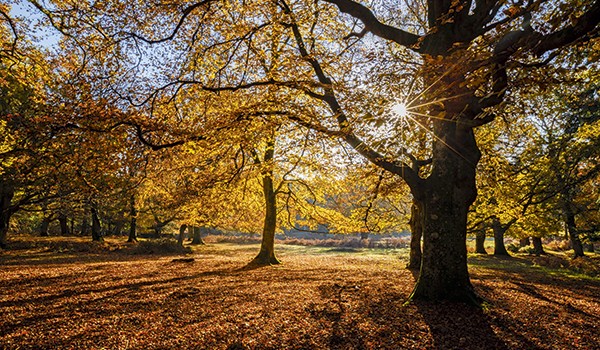

Black-and-White Photography Tips
Photo Taking Tips February 23, 2016 Editorial Staff 0

Most modern photographers think of black-and-white photography as the purest form of photography. According to them, color depicts reality, but black and white is an interpretation of reality. Black-and-white photography is thus a legitimate artform. After all, at its core, a photographer shooting in black and white has to learn and apply the basic visual elements of photography – texture, tonal contrast, shape, form and lighting – in order to create striking imagery.
But printing black and white photography also requires certain technical considerations. For professionals, they may need special equipment and supplies for printing photos from their home or studio. For instance, they usually use an Epson Stylus Pro 9600, or a Canon ImagePROGRAF iPF5100, or an HP Designjet Series printer. They also have customizable drivers like ImagePrint RIP and QuadToneRIP as well as branded special black-and-white inks to go with their professional grade printers. For amateurs and hobbyists though, going to the local Costco or Walmart photo printing outlet may be a good enough alternative.
If you are just starting out as a black-and white photographer, here are some tips from the experts:
- Not all subjects are suitable for black-and-white photography. To help you see the world in monochrome, shoot in the RAW format but set the Picture Style in your digital camera to a black and white mode. The photo will be displayed in black and white on your LCD screen, and you’ll still have all the color information in the RAW file if you want to convert later.
- Watch for texture. Texture is affected by the lighting conditions. That quality of light near sunrise and sunset makes texture stand out sharply. The soft light of an overcast day can also bring out texture. The harsh midday light on the other hand hides texture. Midday light can be great for architecture but poor for portraiture. An overcast day is ideal for taking portraits, but poor for landscapes.
- Look for interesting tonal contrast. When colors are converted to black and white, they become shades of grey. Light colours become highlights, and dark colours become dark tones. Tonal contrast is the differences between these shades. High-contrast subjects which have strong blacks and bright highlights will provide maximum impact.
- Use lighting to make a subject look three dimensional. Side lighting reveals form by casting shadows while front and backlighting obscure it. Form is how the subject looks in three dimensions.
- Start with simple compositional elements such as leading lines or foreground objects in your images. Also look out for scenes with a strong focal point. Remember that an imagery’s impact will rely on contrast, not color. Simple and graphic shapes are always very effective subjects for black-and-white photography.

No comments so far.
Be first to leave comment below.